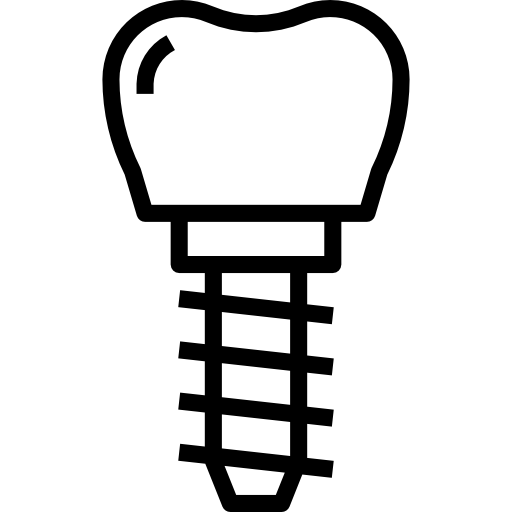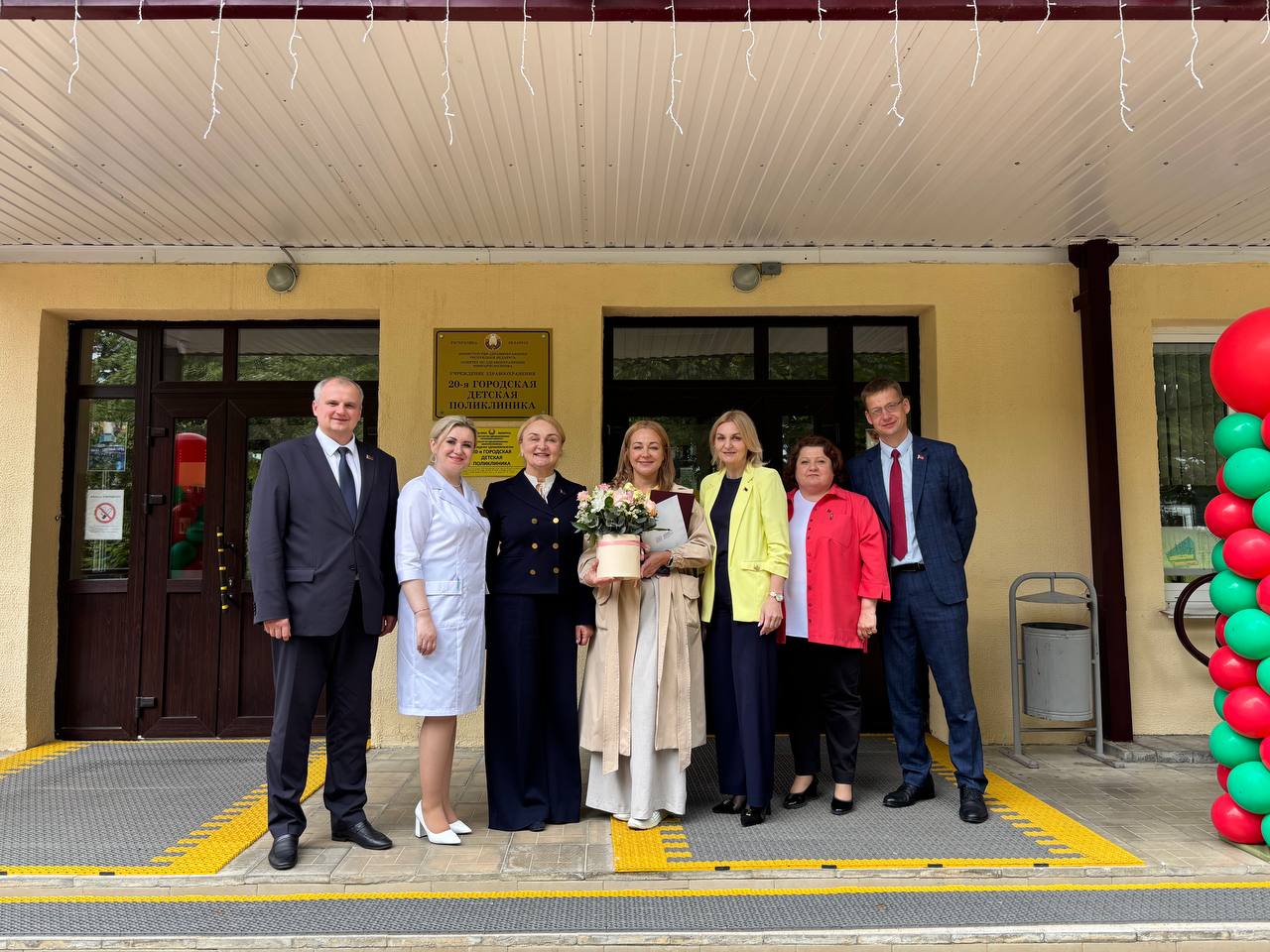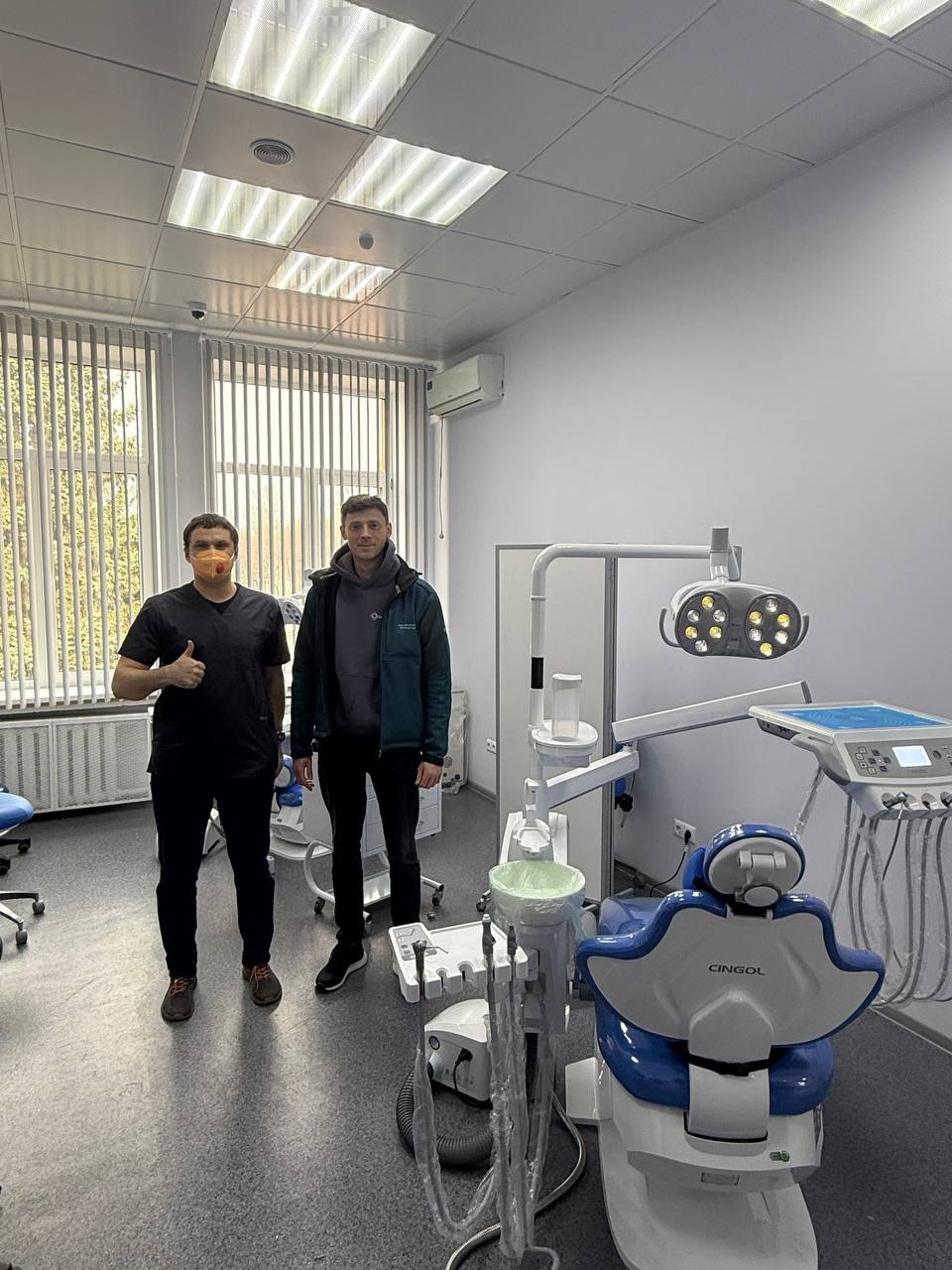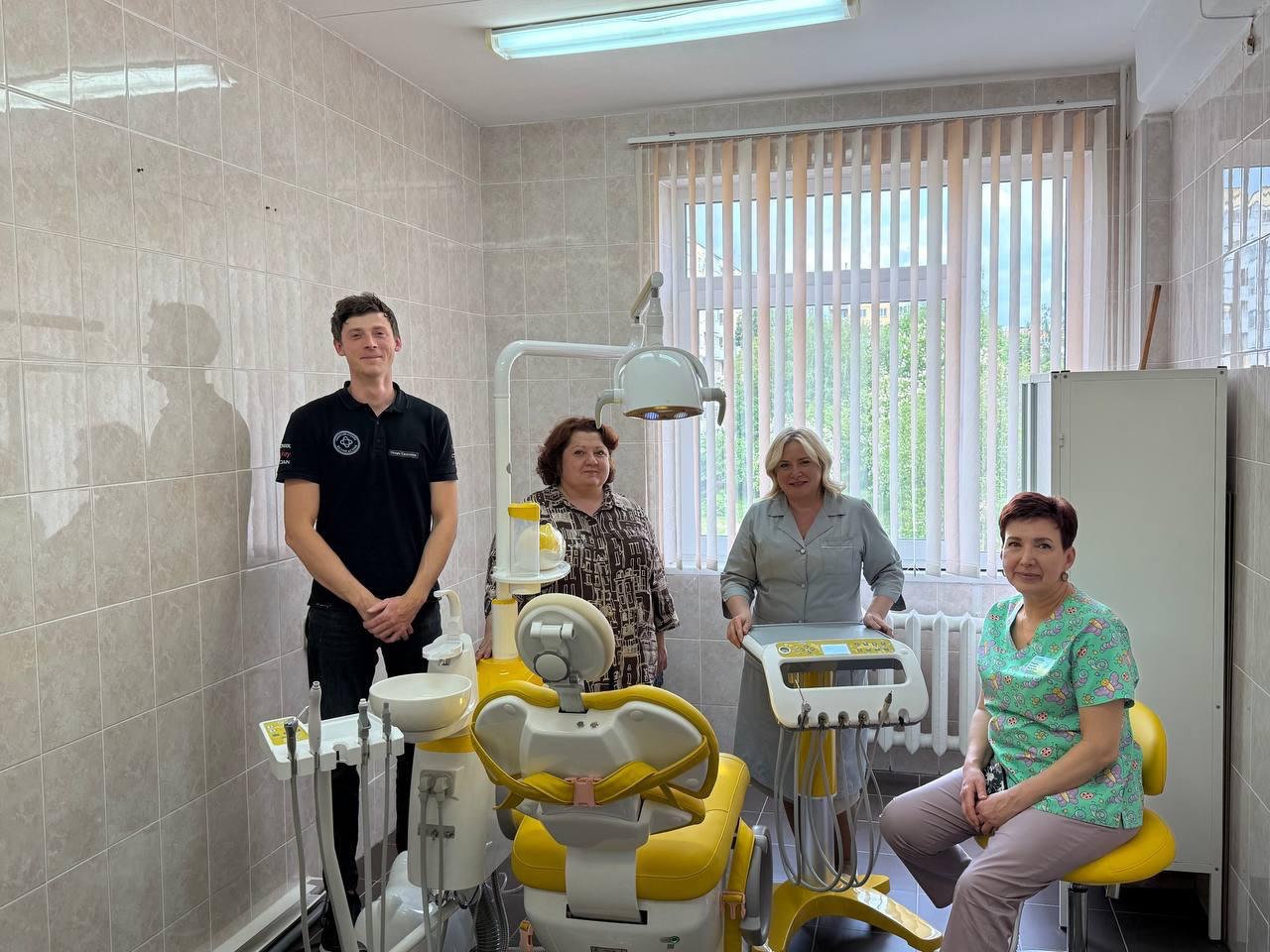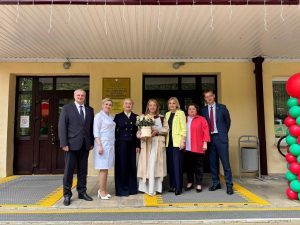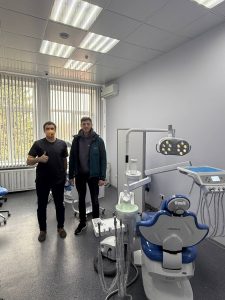THE MULTI-INSTITUTIONAL FRENCH STUDY COMPARING TOMOTHERAPY® TO RAPIDARC® IN THE TREATMENT OF HEAD AND NECK CANCER PATIENTS HAS BECOME OPEN ACCESS IN THE RED JOURNAL.
CLINICAL OUTCOMES OF SEVERAL IMRT TECHNIQUES FOR PATIENTS WITH HEAD AND NECK CANCER: A PROPENSITY SCORE-WEIGHTED ANALYSIS
ACCESS FULL ARTICLE
Bibault, JE, Dussart, S, Pommier, P, et al.
Purpose: The Advanced Radiotherapy Oto-Rhino-Laryngologie (ART-ORL) study (NCT02024035) was performed to prospectively evaluate the clinical and economic aspects of helical TomoTherapy and volumetric modulated arc therapy (RapidArc, Varian Medical Systems, Palo Alto, CA) for patients with head and neck cancer.
Methods and Materials: Fourteen centers participated in this prospective comparative study. Randomization was not possible based on the availability of equipment. Patients with epidermoid or undifferentiated nasopharyngeal carcinoma or epidermoid carcinoma of the oropharynx and oral cavity (T1-T4, M0, N0-N3) were included between February 2010 and February 2012. Only the results of the clinical study are presented in this report, as the results of the economic assessment have been published previously. Inverse probability of treatment weighting using the propensity score analysis was undertaken in an effort to adjust for potential bias due to nonrandomization. Locoregional control, cancer-specific survival, and overall survival assessed 18 months after treatment, as well as long-term toxicity and salivary function, were evaluated.
Results: The analysis included 166 patients. The following results are given after inverse probability of treatment weighting adjustment. The locoregional control rate at 18 months was significantly better in the TomoTherapy group: 83.3% (95% confidence interval [CI], 72.5%-90.2%) versus 72.7% (95% CI, 62.1%-80.8%) in the RapidArc group (PZ.025). The cancer-specific survival rate was better in the TomoTherapy group: 97.2% (95% CI, 89.3%-99.3%) versus 85.5% (95% CI, 75.8%-91.5%) in the RapidArc group (PZ.014). No significant difference was shown in progression-free or overall survival. TomoTherapy induced fewer acute salivary disorders (PZ.012). Posttreatment salivary function degradation was worse in the RapidArc group (PZ.012).
Conclusions: TomoTherapy provided better locoregional control and cancer-specific survival than RapidArc treatment, with fewer salivary disorders. No significant difference was shown in progression-free and overall survival. These results should be explored in a randomized trial. 2017 The Authors. Published by Elsevier Inc. This is an open access article under the CC BY-NC-ND license (http://creativecommons.org/licenses/by-nc-nd/4.0/).



